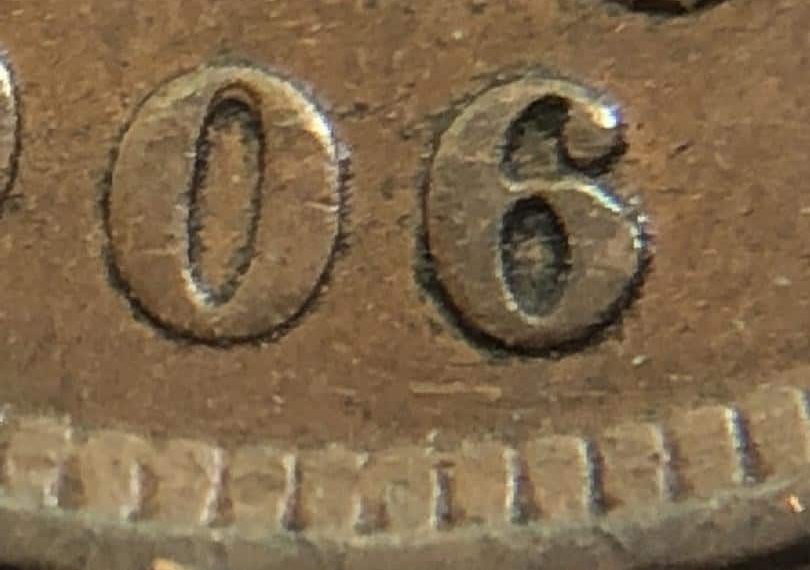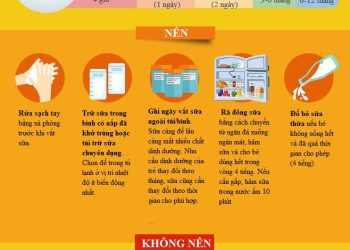A 1906 Indian Head penny typically ranges from $2-$3 for circulated coins to $15,000+ for gem uncirculated examples. Over 96 million were minted in Philadelphia without mint marks, making them common. Value depends on condition and color, with red specimens being most valuable. Rare errors significantly increase worth: Repunched Dates (RPD) can fetch $264-$3,710, Doubled Die Obverse varieties command premium prices, and a Flip-Over Double Strike sold for $3,999. Most valuable is a 1906 cent struck on a Mexican gold planchet, selling for $72,500. Use magnification to identify errors, check coin color, and authenticate rare varieties through PCGS or NGC for accurate valuation.
Your old Indian Head penny from 1906 might be worth far more than one cent. While most circulated examples trade for just a few dollars, certain high-grade specimens and rare error varieties have sold for thousands—even tens of thousands—of dollars at auction. Understanding what makes your coin valuable requires knowing where to look and what separates a common piece from a collector’s treasure.
Understanding the 1906 Indian Head Penny’s Basic Value
The Philadelphia Mint struck over 96 million Indian Head pennies in 1906, making this one of the more common dates in the series. Every single 1906 Indian Head cent was produced at the Philadelphia facility, which means none carry a mint mark. This is completely normal for the date—the absence of a mint mark doesn’t indicate an error or add premium value.
For standard 1906 Indian Head pennies without errors, values scale dramatically with condition. A heavily worn coin grading Good (G-4) typically sells for $2 to $3. As preservation improves, so does value: a Very Fine (VF-20) example commands approximately $5 to $10, while an Uncirculated (MS-60) specimen jumps to $40 to $75.
The real value explosion happens at the upper end of the grading spectrum. A Gem Uncirculated coin grading MS-65 Red ranges from $100 to $175. Premium examples grading MS-67 Red have sold for $15,000 to $23,500 or more at major auctions. The “color” designation matters tremendously—coins retaining their original red (RD) mint luster command the highest prices, followed by red-brown (RB) and brown (BN) examples that have naturally toned over time.
Valuable Error Varieties Worth Searching For
Certain striking errors and die varieties can transform an otherwise common 1906 penny into a significant find. These manufacturing anomalies occurred during the minting process and create collectible variations that numismatists actively pursue.
Repunched Date varieties happen when the date was stamped onto the die more than once in slightly different positions, creating a visible doubling effect on the finished coin. The 1906 RPD Snow 7 variety shows clear repunching on the “0” and “6” in the date. A PCGS-graded MS-65 example of this variety sold for $264 in 2018. The rarer 1906 RPD Snow 20 commands even higher premiums, with a top-graded MS-66 Red specimen bringing approximately $3,710 at auction.
Doubled Die Obverse errors create a doubled image on the coin’s front face, affecting either the date or the lettering. These occur when the die itself receives a doubled impression during the hubbing process, which then transfers to every coin struck from that die.
Flip-Over Double Strike errors represent some of the most dramatic and valuable varieties. In this extremely rare error, a coin receives two strikes from the dies, but flips over between strikes. This creates a mirrored design on both faces, with elements from the obverse appearing on the reverse and vice versa. A certified 1906 Indian Head cent with this spectacular error sold for approximately $3,999.
Wrong Planchet errors occur when a coin is struck on a blank intended for a different denomination or even a different country’s coinage. In one extraordinary case, a 1906 Indian Head cent was accidentally struck on a Mexican gold 5 Pesos planchet. This unique error realized $72,500 at auction, demonstrating how manufacturing mistakes can create five-figure rarities.
Strike-Through errors happen when foreign material—often grease or debris—comes between the die and planchet during striking. This interference causes portions of the coin’s design to appear missing or weakly struck, creating distinctive patterns that collectors find appealing.
Authenticating Your 1906 Indian Head Penny
Determining whether your coin carries a valuable error requires careful examination with the right approach. Start with proper magnification—a quality magnifying glass or jeweler’s loupe is essential for spotting subtle doubling on dates and lettering that remains invisible to the naked eye. Many valuable varieties show characteristics too fine for unaided inspection.
Examine the coin’s color carefully under good lighting. While color isn’t an error, it dramatically affects value across all grades. Original red coins preserve their mint luster and command premium prices. Red-brown examples show partial toning, while brown specimens have completely oxidized. This natural aging process significantly impacts market value even for error-free coins.
Document any unusual features with clear photographs taken from multiple angles. Compare your coin against known variety attributions using reference guides or online databases that catalog specific error types. Pay special attention to the date numerals, where repunching most commonly appears on 1906 pennies.
Professional Grading Provides Market Confidence
If your examination reveals potential errors or your coin appears to be in exceptional condition, professional authentication becomes worthwhile. Third-party grading services like PCGS (Professional Coin Grading Service) and NGC (Numismatic Guaranty Corporation) provide expert authentication, assign standardized grades, and encapsulate coins in protective holders.
Professional grading costs typically range from $20 to $100 depending on service level and turnaround time, but this investment pays dividends for valuable pieces. A certified high-grade 1906 penny or authenticated error variety sells for substantially more than a raw coin because buyers trust the impartial expert opinion. The grading holder also provides long-term protection, preserving your coin’s condition and value.
For coins you suspect might be significant rarities—like flip-over double strikes or wrong planchet errors—consider higher-tier grading services that include detailed variety attribution. These premium services identify specific error types in the grading report, which helps potential buyers understand exactly what makes your coin special and supports stronger pricing when you decide to sell.









What makes a 1906 Indian Head Penny rare?
This 1906 Indian Head penny is a rare gem that is sure to catch the eye of any collector. With no mint mark, this coin has unique errors that make it a valuable addition to any collection. The coin is ungraded and uncertified, adding to its rarity.
What’s the value of a 1906 Indian penny?
A 1906 Indian penny is worth about $2 for a coin in Good condition and around $20 for an uncirculated (Mint State) version. The precise value depends on the coin’s condition (its grade), with higher grades command higher prices, but 1906 is a common year, so most circulated examples are worth only a few dollars at most.
What year is the most valuable Indian head penny?
The most valuable Indian Head penny is often considered the 1909-S, with a mintage of only 309,000, though the 1877 is also extremely rare and highly sought after due to its very low mintage and popularity among collectors. Other key dates that drive value include the 1908-S and various early issues from the 1860s, with value depending on the coin’s specific year, mintmark, and condition.
How much is a one penny from 1906 worth?
A 1906 Indian Head penny’s value depends heavily on its condition, ranging from about $2 for a worn coin to over $23,000 for a high-grade example. Common circulated pennies are worth a few dollars, while uncirculated coins in excellent condition, especially those with a reddish color (RD), are worth significantly more. Some rare errors can also increase the value considerably.